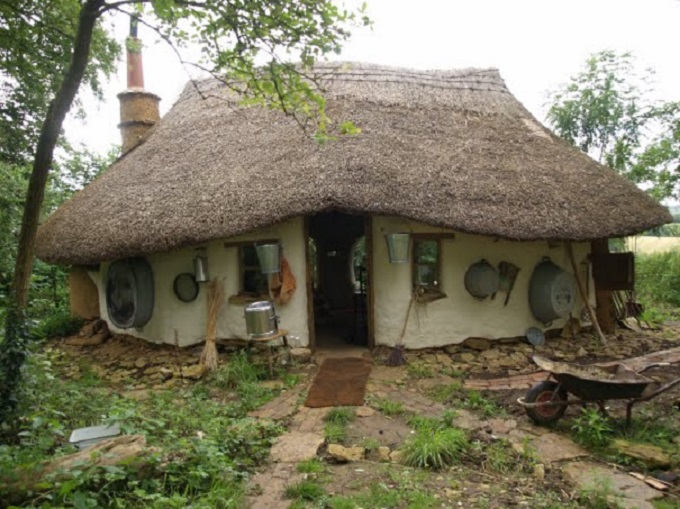WebStamp June 26, 2017
Tiny House Communities –Feasibility
Many would think tiny houses would not be feasible with the long cold winters in our Canadian climate. For hundreds of years, the indigenous population lived in teepees and mud huts comfortably. The settlers of this great country built tiny mud huts or dugouts and small log cabins to raise their families in. Even though you may feel confined in a small living area in a tiny house, there are many places in a large city where one can outflow to and expand one’s living area, not to mention life experiences. Today’s tiny houses are amazing structures that emphasize design over size.

There are many types of tiny houses to suit one's needs; from 140 sq. ft. for young bachelors to over 600 sq. ft. for families. Smaller tiny houses, up to 320 sq. ft., are usually trailerable and are a great choice for those that are always on the move.Larger tiny houses are usually built as a building on a foundation, where additional space can be added by an addition of a basement or developing livable attic space. Motorhomes, travel trailers, bus/truck conversions, Vardo homes, Yurts, mobile homes, shipping containers, cabins, and houseboats are variations of tiny houses.
After speaking with someone about tiny houses, who moved up from England, she revealed that having so much room, and a large fridge, seemed so wasteful. Most Europeans live in homes slightly over half the size of North Americans. The biggest obstacle to overcome is North America’s societies perception of eliminating many unnecessary luxuries and reducing the amount and size of furniture and fixtures.
In my Landscape Architecture Technologist course at N.A.I.T., I learned that Man is a product of his environment. Where people are used to living tiny, it’s just a way of life and tend to spend more time socializing and less time on maintaining their property and spending less money on their housing. A less hectic life with less stress is something that tiny house communities can contribute, providing something many who live in a big city could benefit from.
Even though with a decrease in the size of the average family, a better economy allowed an increase of material wealth leading to evolving greater prestige. The size of the average house in North America grew in size from 500 – 600 sq. ft. houses in the early 19th century to an average of 2600 sq. ft. With larger homes, you tend to collect much more than you need. How many sections of your house do you have stuff stored you haven’t touched in years, or forgotten about?
Those that would benefit the most from Tiny House Communities would range from elderly with fixed incomes, young adults and couples starting out looking to build a future and some equity, people who travel a lot, and low-income families. Many would benefit from having to pay only a 1/4 to a 1/3 of the cost for accommodations. A nice worry-free lifestyle.
Share This Article
Other WebStamp Articles
on Tiny House Communities
Tiny House Communities - Design Cont.

Articles in this Issue
References:




